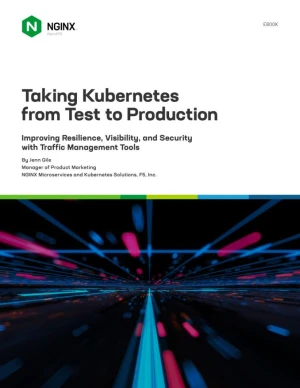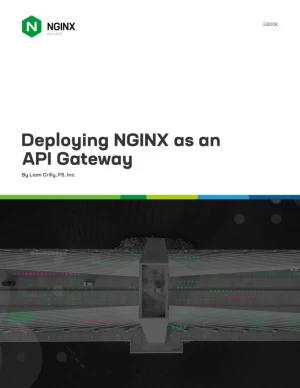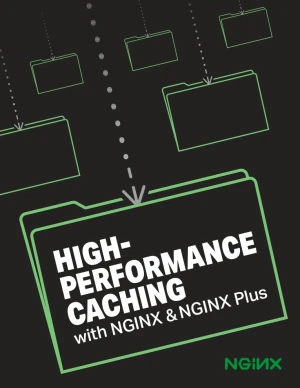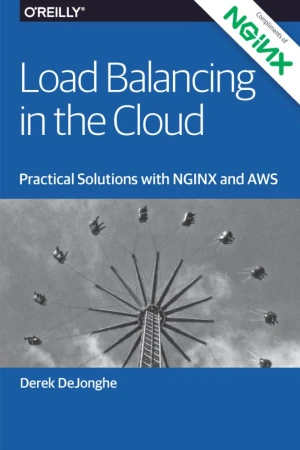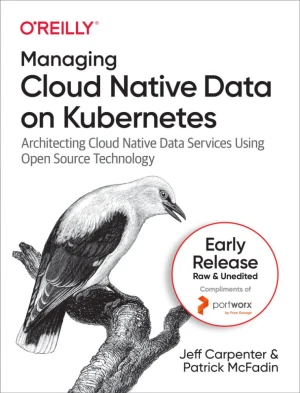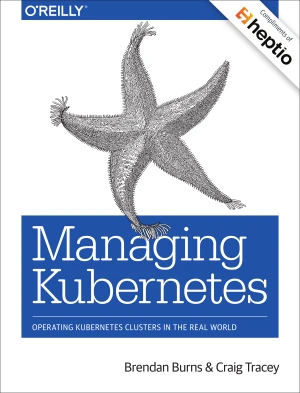Managing Kubernetes Traffic with F5 NGINX
A Practical Guide
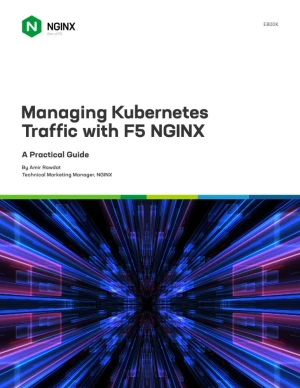
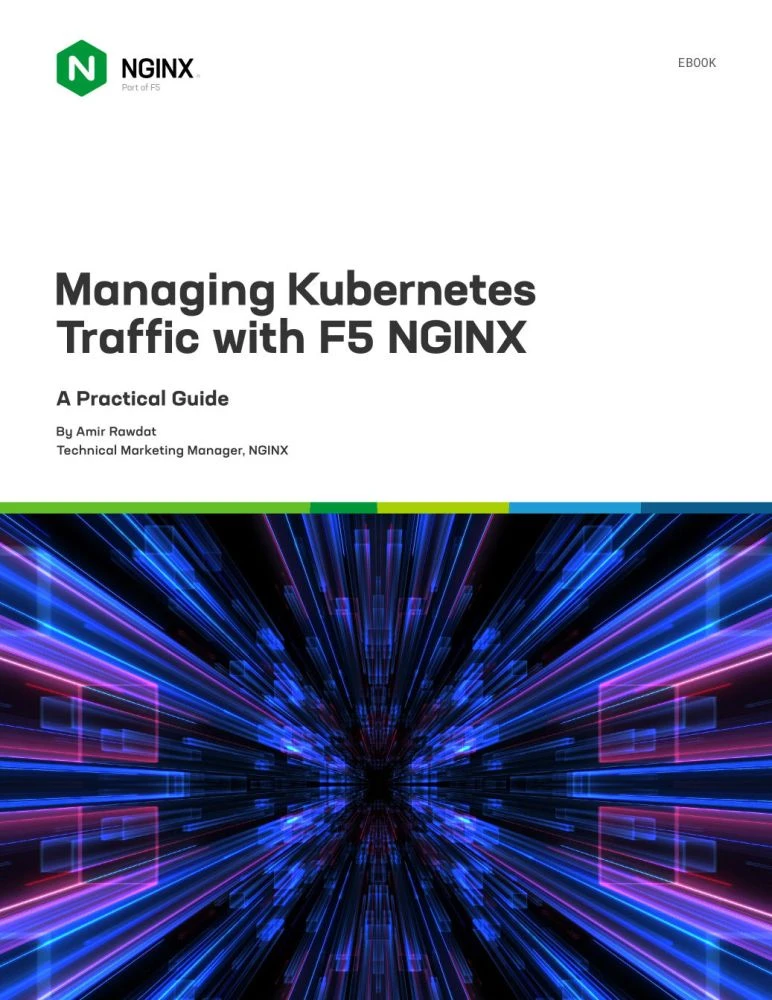
Book Details
| Author | Amir Rawdat |
| Publisher | Nginx |
| Published | 2022 |
| Edition | 1st |
| Paperback | 126 pages |
| Language | English |
| License | Open Access |
Book Description
Microservices architectures introduce several benefits to the application development and delivery process. Microservices-based apps are easier to build, test, maintain, and scale. They also reduce downtime through better fault isolation.
While container-based microservices apps have profoundly changed the way DevOps teams deploy applications, they have also introduced challenges. Kubernetes - the de facto container orchestration platform - is designed to simplify management of containerized apps, but it has its own complexities and a steep learning curve. This is because responsibility for many functions that traditionally run inside an app (security, logging, scaling, and so on) are shifted to the Kubernetes networking fabric.
To manage this complexity, DevOps teams need a data plane that gives them control of Kubernetes networking. The data plane is the key component that connects microservices to end users and each other, and managing it effectively is critical to achieving stability and predictability in an environment where modern apps are evolving constantly.
Ingress controller and service mesh are the two Kubernetes-native technologies that provide the control you need over the data plane. This hands-on guide to F5 NGINX Ingress Controller and F5 NGINX Service Mesh includes thorough explanations, diagrams, and code samples to prepare you to deploy and manage production-grade Kubernetes environments.
This book is published as open-access, which means it is freely available to read, download, and share without restrictions.
If you enjoyed the book and would like to support the author, you can purchase a printed copy (hardcover or paperback) from official retailers.
Download and Read Links
Share this Book
[localhost]# find . -name "*Similar_Books*"
Taking Kubernetes from Test to Production
With Kubernetes came many new concepts, particularly around networking and traffic management. Alongside these new concepts were entirely new classes of tools, designed for ephemeral, containerized, and distributed application deployments. In particular, Ingress controllers and service meshes did not exist prior to the Kubernetes era. Nor were Laye
Deploying NGINX as an API Gateway
In this eBook, we tell you how to take an existing NGINX Open Source or F5 NGINX Plus configuration and extend it to manage API traffic as well. When you use NGINX for API management, you tap into the high performance, reliability, robust community support, and expert professional support (for NGINX Plus customers) that NGINX is famous for. With th
High-Performance Caching with Nginx and Nginx Plus
One of its most important capabilities is content caching, which is a highly effective method for improving a website's performance. In this ebook, the authors describe how NGINX caches content, how to implement caching and cache clustering, and some of the ways to improve performance. The text provides a deep dive into how content caching truly wo
Load Balancing in the Cloud
Use of redundant servers has long been a solution for meeting sudden spikes in demand, machine failures, and outages. Cloud services greatly reduce the cost and hassle of provisioning redundant equipment and load balancers and give you the ability to deal with separate network, application, and client-side loads. But today there are many options to
Managing Cloud Native Data on Kubernetes
Is Kubernetes ready for stateful workloads? This open source system has become the primary platform for deploying and managing cloud native applications. But because it was originally designed for stateless workloads, working with data on Kubernetes has been challenging. If you want to avoid the inefficiencies and duplicative costs of having separa
Managing Kubernetes
While Kubernetes has greatly simplified the task of deploying containerized applications, managing this orchestration framework on a daily basis can still be a complex undertaking. With this practical book, site reliability and DevOps engineers will learn how to build, operate, manage, and upgrade a Kubernetes cluster - whether it resides on cloud

